Welcome to the wacky world of the Hyundai Kia Ideas Festival
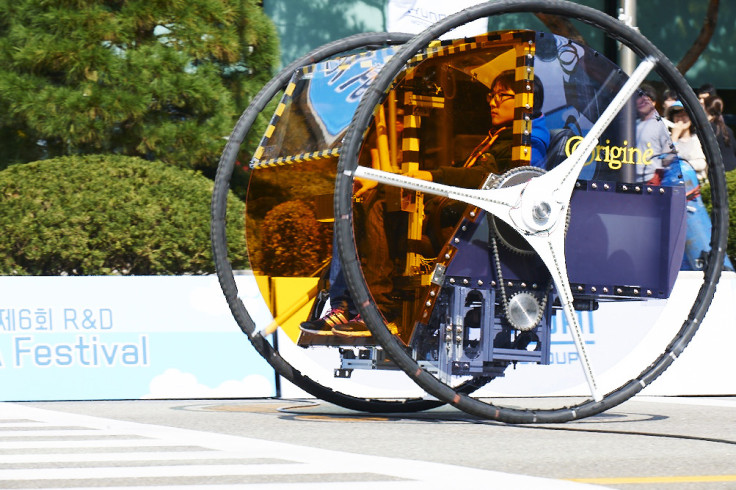
At an industrial complex on the outskirts of the vast metropolis of Seoul in South Korea, lines of uniformed guards allow carefully selected guests entry to the top secret, research and development facility shared by Hyundai and Kia Motors.
Inside the gates, blocks of factory units are bisected by leafy avenues dotted with cars cloaked in dark fabric covers to hide the contours of the bodies. Others are camouflaged in black and white countershading to make 3D surfaces look flat, or conjure up misleading outlines like the patterns on a snake's back.
Banks of photographers and media have gathered here for the annual Hyundai Kia R&D Ideas Festival, where ten teams of in-house developers are encouraged to let their imaginations run free and come up with prototypes that engage with future mobility and anything that might entail.
This year's competition, themed as a "journey together to a better future", saw futuristic baby strollers, practical enhancements for wheelchairs, pushbikes that can do laundry and a way of turning the inside of a car into an orchestra of musical instruments.
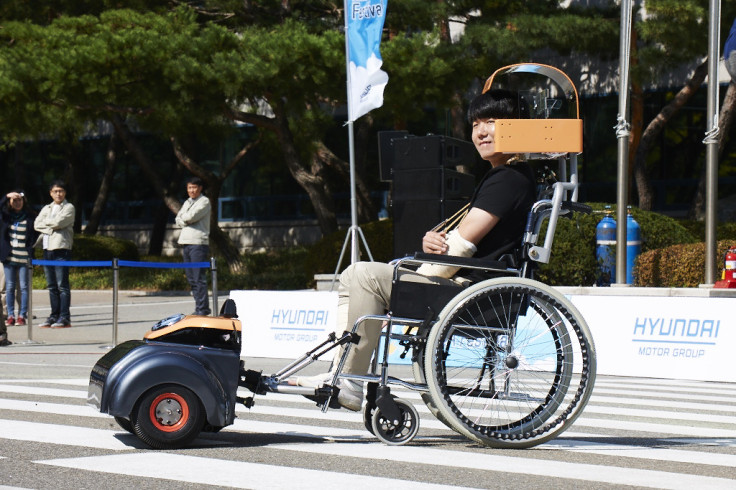
The no-nonsense titled "Car for Disabled" was made up of a motorised bolt-on to a wheelchair and an apparatus which allowed the chair to be driven using only the driver's head, so for people without the use of their limbs. Push back with your head and you go forward, left and right change direction, and using the shoulders enables reverse (which also played a musical alert). The motorised attachment has 20 hours of battery life. Its developers reasoned that when a normal motorised mobility vehicle runs out of power there's no contingency option for getting around; in this case the motorised part can be unhooked and the chair used manually.
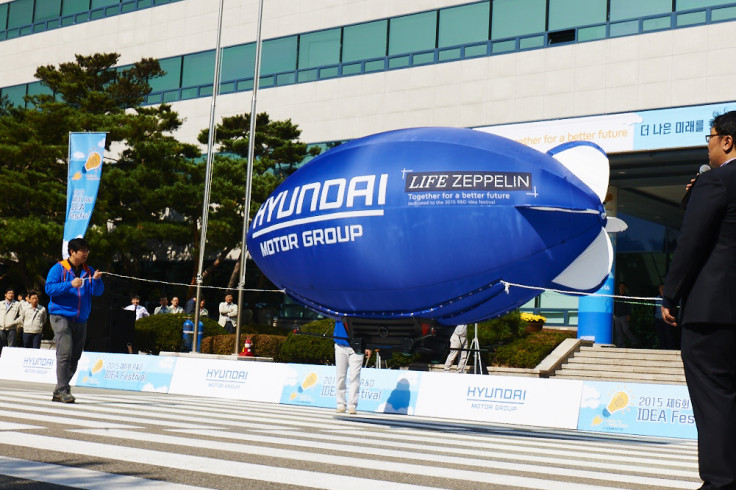
The "Life Zeppelin" is a prototype designed to address in a rather oblique and ingenious way the problem of getting clean water to arid places or parts of the world with sanitation problems. The clean water theme cropped up in more than one entry to the competition: Kia fosters many clean water and education projects in places like sub-Saharan Africa. Floated into the atmosphere, the Life Zeppelin traps cloud vapour and clean water collects in an undercarriage container, to be deposited where clean water is in short supply on the ground.
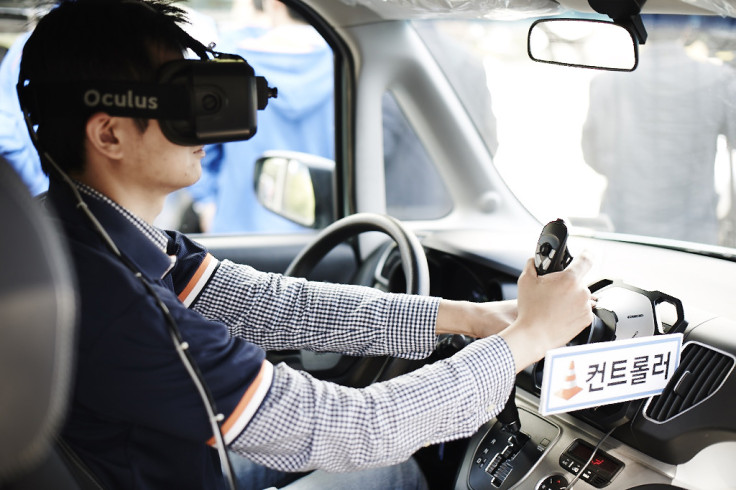
Occulus Rift virtual head gear cropped up in more than prototype. In the case of "Driving Expansion", this type of technology was a use case for the practical modification of R&D processes themselves. By using a specialised headpiece, the testing of steering using virtual cones rather real ones was proposed as the first industrial step towards something which could also accompany futuristic driving tests among other things.
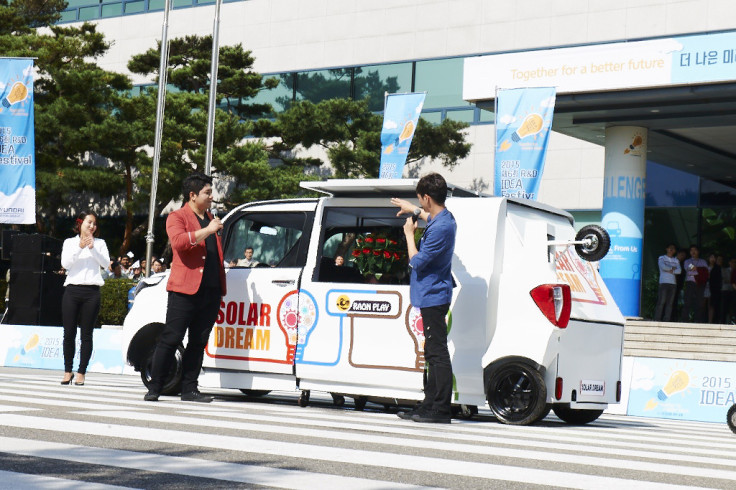
The "Solar Dream Team" had gone to inordinate lengths to construct a compact "car" which expands into a van, and which can accommodate a stretcher and patient being taken to hospital, for instance, or a small library of school books for children without easy access to classroom (again the focus here was on the places like Africa and the developing world). Solar panels on the roof help power the vehicle which also ingeniously comprises two detachable bikes, when pedal power is the preferred option.
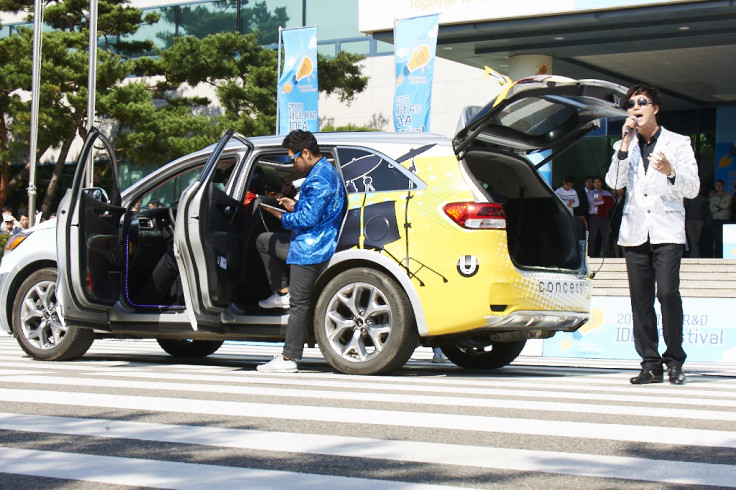
The "Concert" team were easily making the most noise on campus. Its developers claim the conversion of car seats, steering wheel and dashboard into drums, base and keyboards, will provide "better happiness" in traffic jams. The drums and bass were embedded into the steering wheel and on the seats between the passenger's legs. The keyboards were synched up using a smartphone or tablet, and one of the team had a mic hooked up to complete the entire band feel. The results were impressive: none of the team were musicians but they had been practising for a few months. It was nice to see the R&D centre's vice chairman, a Mr Yeung, get in the car and have a go at playing drums.
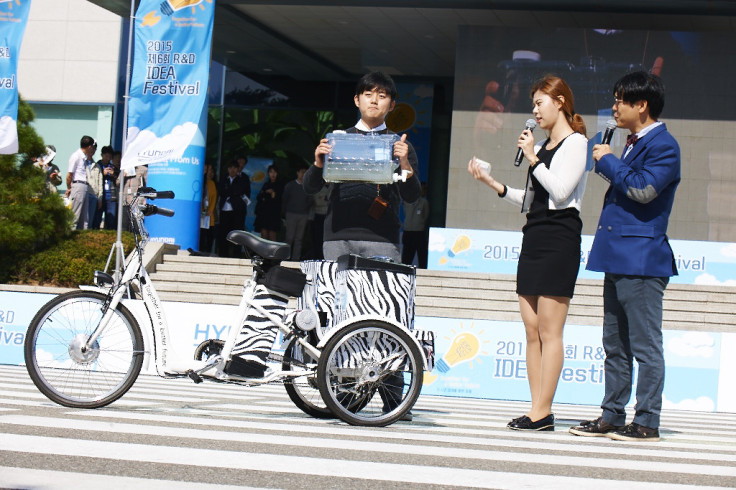
The "Wafrica" three wheeled bike was also a commitment to bringing clean water to Africa. It is also good to see a Kia bicycle design because that's what the company started out producing back in 1944. Peddling the bike churns a little vat of unclean water through a purifying unit. This process alone would be a useful tool, but the Wafrica goes a step further; another container can do a peddle-powered laundry cycle.
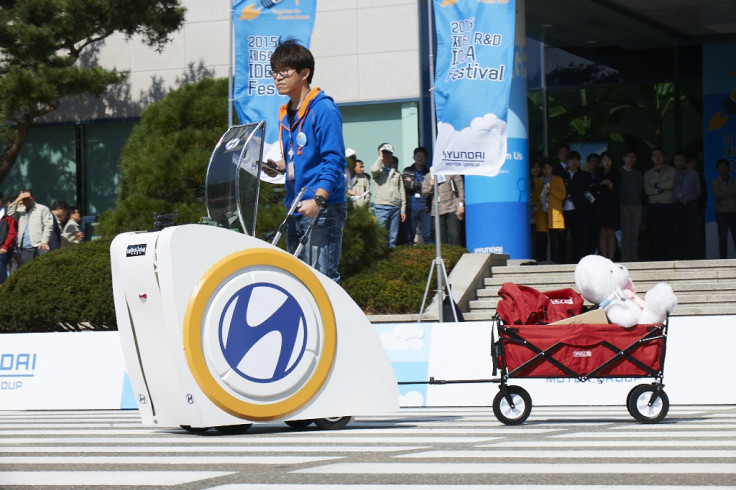
A stroller and carrier for children was another example of a futuristic vehicle that could morph to perform different functions. The motorised stroller can ferry both the parent and baby and carry a trailer too, as above. Or the whole apparatus can be manually towed by a bike, in which case the parent can monitor the baby cocooned inside the stroller using a smartphone hook up camera.

Another childcare innovation was a set of child seats built into the car which can fold out and inflate using air tubes and a motor built under the seat. Child seats cannot be placed in the passenger seat so parents are always turning round, which can cause accidents, noted the team. A tablet and camera means the parent can monitor the child while looking forward; the child, meanwhile, can also watch a monitor screen of the parent's face, or a cartoon.
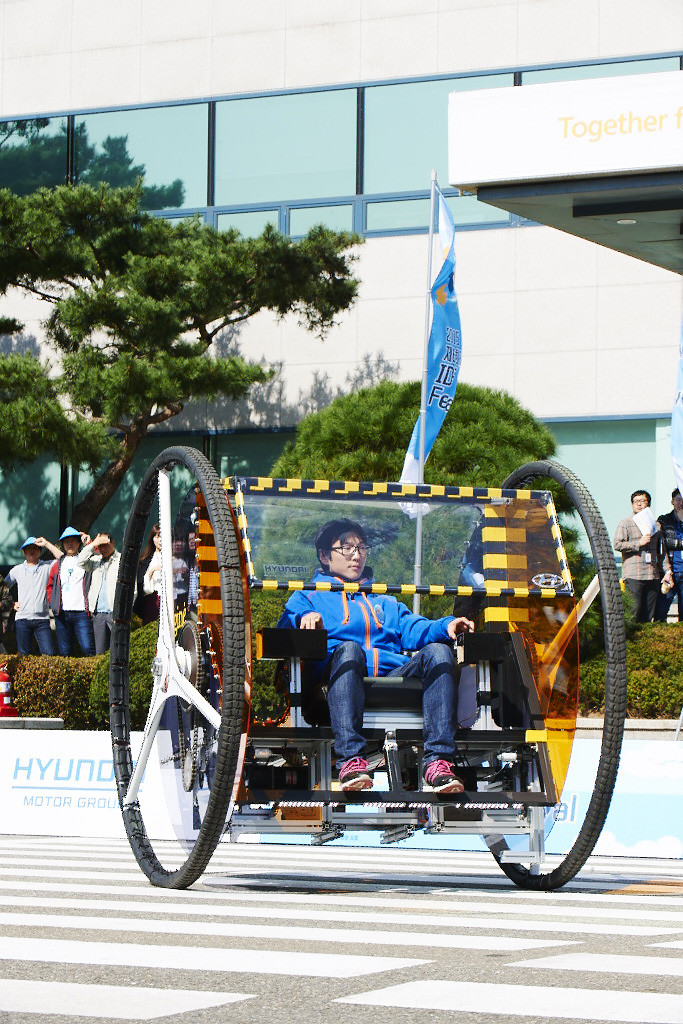
Team "Origene" had constructed this strange two wheeled cylinder car, powered by an electric motor which they said can last up to 20 hours and allow the vehicle to reach speeds of 50/60 kph. They also said it's good going up hills and keeps the driver always suspended at the same level whatever the gradient.
Finally the "Avatar Drive" was a virtual reality idea which allows a car to be driven remotely by someone wearing a headset. The team said the use case they'd had in mind was when "the husband" had gone out and drunk too much, his wife could take over remote control of the situation from home. The worse-for-wear driver's better half could then drive the car home very carefully and very slowly. The team said the module they had built used standard wireless technology and could have use cases in any commercial car.
© Copyright IBTimes 2025. All rights reserved.






















